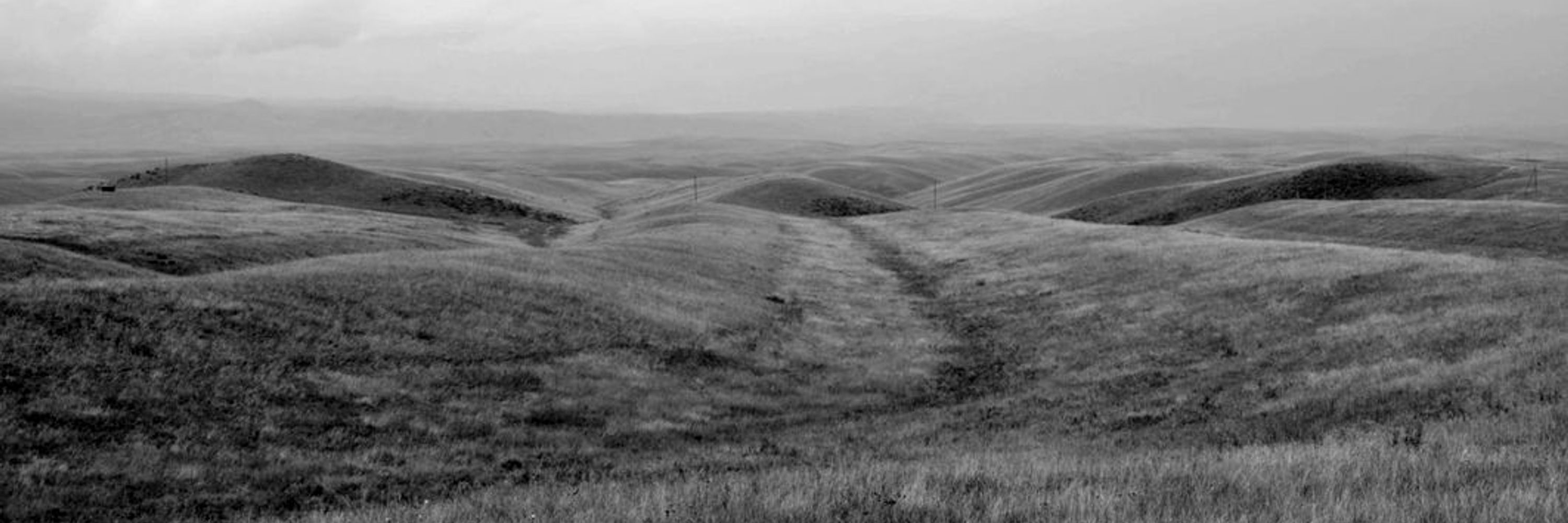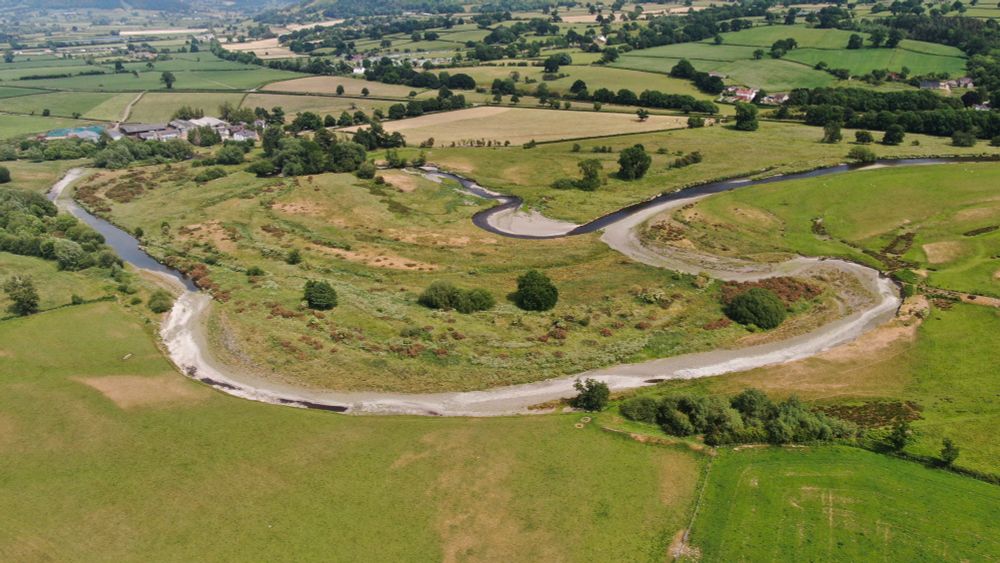paleoseismicity.org
@paleoseismicity.bsky.social
1.8K followers
240 following
58 posts
All things earthquakes, paleoseismology, active faulting. http://paleoseismicity.org
Posts
Media
Videos
Starter Packs
Reposted by paleoseismicity.org
Reposted by paleoseismicity.org
Reposted by paleoseismicity.org
Reposted by paleoseismicity.org
Reposted by paleoseismicity.org
Dave Petley
@davepetley.bsky.social
· Sep 8

Afghan earthquake survivors refuse to return to villages, fearing landslides
Haunted by the fear that aftershocks could bring rocks crashing down from the mountains, the survivors of Afghan earthquakes vowed not to return to destroyed villages but camp in fields and on riverbanks instead, even without tents to keep off the rain.
www.reuters.com
Reposted by paleoseismicity.org
Reposted by paleoseismicity.org
Reposted by paleoseismicity.org
Reposted by paleoseismicity.org
Reposted by paleoseismicity.org
Reposted by paleoseismicity.org
Jacek Szczygieł
@speleojacek.bsky.social
· Aug 13

Assistant Professor in the group of research staff (post-doc) 51/2024/NA/WNP/INoZ/pd/02, Uniwersytet Śląski, Sosnowiec
Job offer Assistant Professor in the group of research staff (post-doc) 51/2024/NA/WNP/INoZ/pd/02, Uniwersytet Śląski, Sosnowiec
skk.erecruiter.pl
Reposted by paleoseismicity.org






















